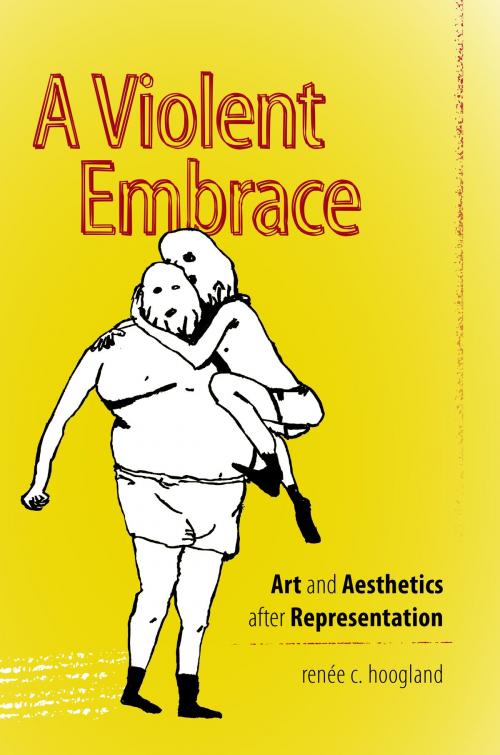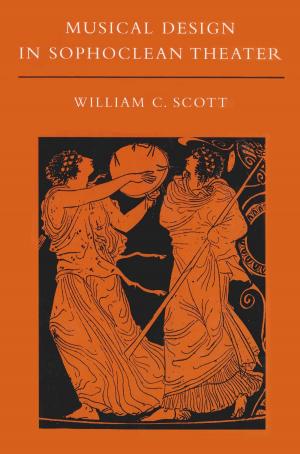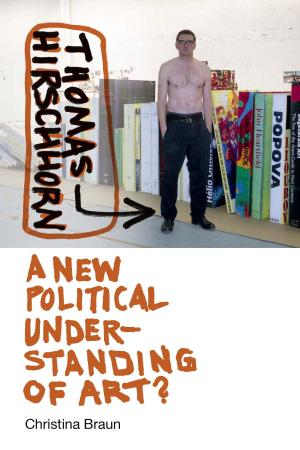A Violent Embrace
Art and Aesthetics after Representation
Nonfiction, Art & Architecture, General Art, Criticism, Art History| Author: | renée c. hoogland | ISBN: | 9781611684926 |
| Publisher: | Dartmouth College Press | Publication: | January 7, 2014 |
| Imprint: | Dartmouth College Press | Language: | English |
| Author: | renée c. hoogland |
| ISBN: | 9781611684926 |
| Publisher: | Dartmouth College Press |
| Publication: | January 7, 2014 |
| Imprint: | Dartmouth College Press |
| Language: | English |
Instead of asking questions about the symbolic meaning or underlying “truth” of a work of art, renée c. hoogland is concerned with the actual “work” that it does in the world (whether intentionally or not). Why do we find ourselves in tears in front of an abstract painting? Why do some cartoons of the prophet Muhammad generate worldwide political outrage? What, in other words, is the compelling force of visual images, even—or especially—if they are nonfigurative, repulsive, or downright “ugly”? Rather than describing, analyzing, and interpreting artworks, hoogland approaches art as an event that obtains on the level of actualization, presenting “retellings” of specific artistic events in the light of recent interventions in aesthetic theory, and proposing to conceive of the aesthetic encounter as a potentially disruptive, if not violent, force field with material, political, and practical consequences.
Instead of asking questions about the symbolic meaning or underlying “truth” of a work of art, renée c. hoogland is concerned with the actual “work” that it does in the world (whether intentionally or not). Why do we find ourselves in tears in front of an abstract painting? Why do some cartoons of the prophet Muhammad generate worldwide political outrage? What, in other words, is the compelling force of visual images, even—or especially—if they are nonfigurative, repulsive, or downright “ugly”? Rather than describing, analyzing, and interpreting artworks, hoogland approaches art as an event that obtains on the level of actualization, presenting “retellings” of specific artistic events in the light of recent interventions in aesthetic theory, and proposing to conceive of the aesthetic encounter as a potentially disruptive, if not violent, force field with material, political, and practical consequences.















